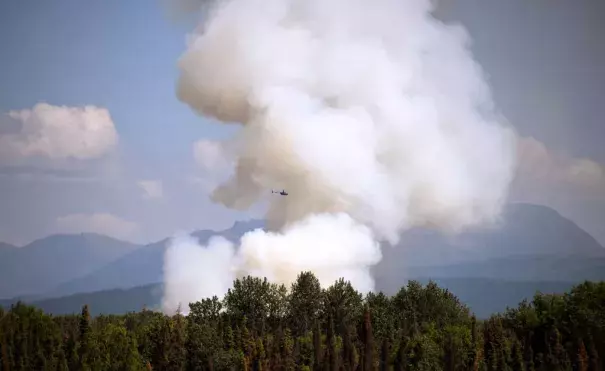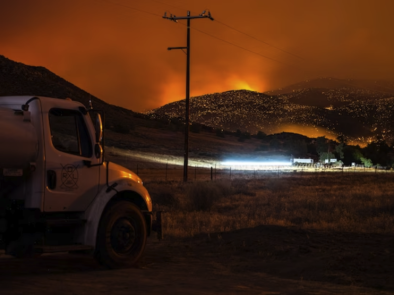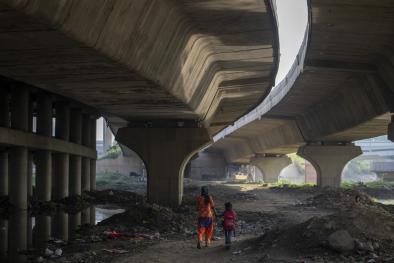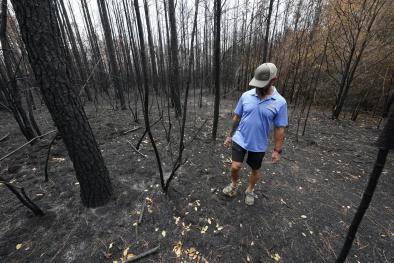About 2.5 Million Acres in Alaska Have Burned. The State's Fire Seasons Are Getting Worse, Experts Say

The season started early, beginning on April 30 with the Oregon Lakes Fire. And while fires typically start to peter out in August, recently there’s been a major uptick. About 236 of the 663 fires that started this year are still burning in the state, and it’s not clear when they’ll start to fizzle out.
“This is not normal,” Ipsen tells TIME.
Record-breaking temperatures and dried-out vegetation has set the stage for major fires in much of central and southern Alaska this summer, scientists say. And while fire experts say that wildfires are a normal part of the life cycle of the state’s boreal landscape, major fire seasons seem to be more common – and to be stretching longer. For many Alaskans, the end of the fire season couldn’t come soon enough; many are coping with severe smoke conditions, and at least 50 structures were destroyed last weekend in the McKinley Fire in southern Alaska.
...
Scientists say that it’s likely that climate change not only plays a major part in causing the fires, but that the carbon being released as smoke might be making the warming effect worse.
This summer, Alaska cities and towns recorded some of their hottest temperatures on record. Anchorage experienced its first temperature above 90 degrees Fahrenheit. Scott Rupp, deputy director of the International Arctic Research Center at the University of Alaska- Fairbanks, says that part of the problem is that places closer to the poles are warming faster than the rest of the world.
Alaska is warming at about 2.5 times the rate of the lower 48 states, partly because when snow and ice melts, it leaves behind darker snow and water, Rupp says. In recent years, the start of the part the year without any snow has started about two weeks earlier in Alaska.
Related Content






